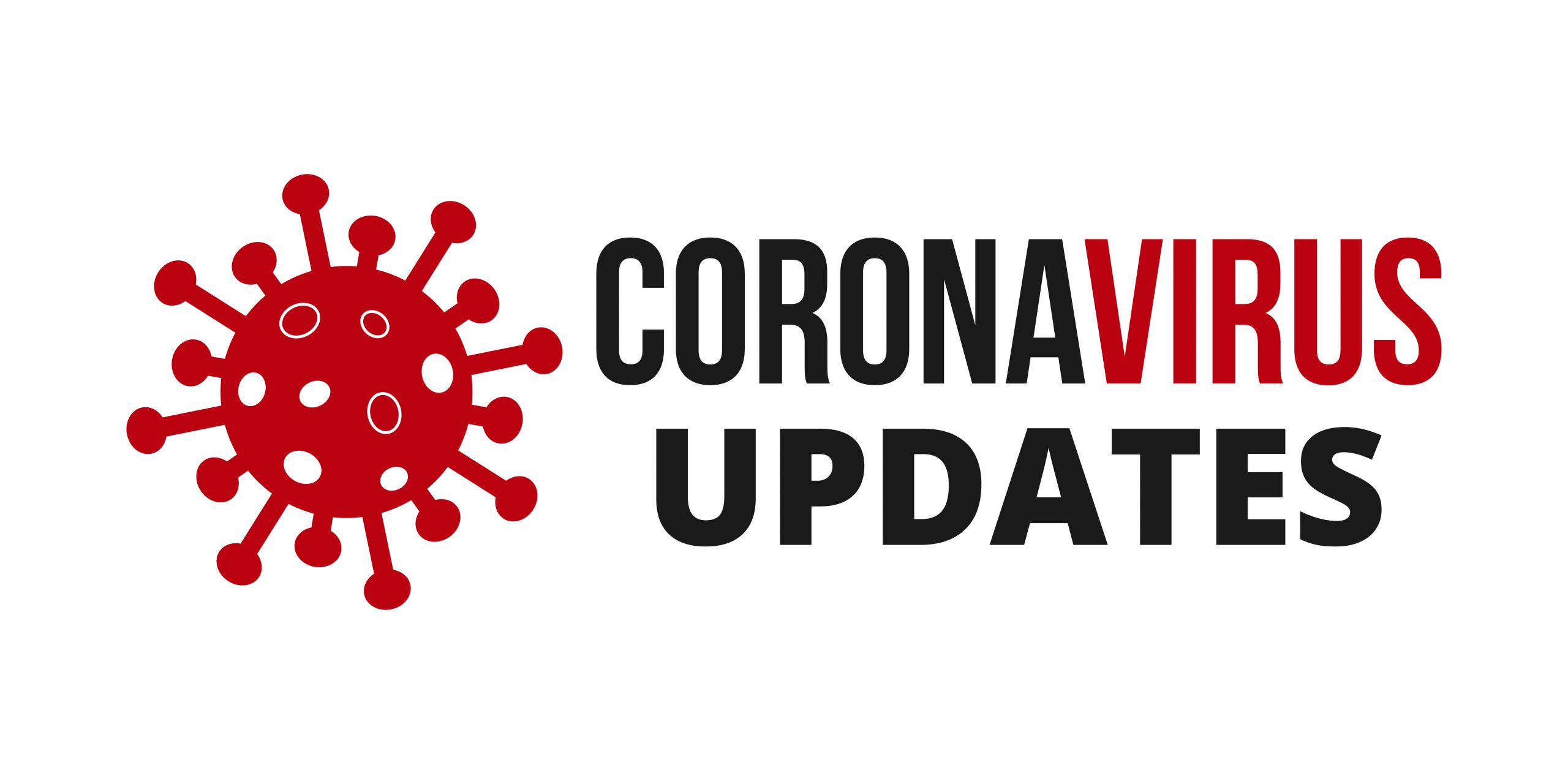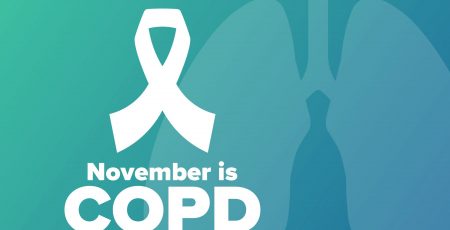
10 Sep COVID-19 CDC July Updates for People with Underlying Medical Conditions
Developments with COVID-19 continue to be rapid and often unexpected. Some regions in the world that had originally been successful in flattening the curve and mitigating the worst effects of disease transmission have unexpectedly experiences spikes or a “second wave” of infections. California, where PERF is based, reacted early to implement lockdowns and were held up as an early example of success in combating COVID-19. As we all now know, this success was sadly short-lived and in mid-July, California overtook New York State’s high number of cases and deaths.
In a change of trend, July showed that younger people may now be leading the charge – hospitals in some areas are seeing an increased rate of admission in 18-64 year-olds compared to previous months. This may be due, in no small part, because those who are older and/or have preexisting conditions are adhering better to guidance recommending isolation, social distancing, face-covering and hand washing.
In case it escaped your attention, at the same time the CDC released updated guidance for people with medical conditions. People of any age with the following conditions are at increased risk of severe illness from COVID-19. Click on each topic to learn more:
- Cancer
- Chronic kidney disease
- COPD (chronic obstructive pulmonary disease)
- Immunocompromised state (weakened immune system) from solid organ transplant
- Obesity (body mass index [BMI] of 30 or higher)
- Serious heart conditions, such as heart failure, coronary artery disease, or cardiomyopathies
- Sickle cell disease
- Type 2 diabetes mellitus
The CDC outline several other preexisting conditions for which there is limited data on the potential impact of COVID-19. But, based on what is currently known, it is thought that people with these other diseases, including asthma, cystic fibrosis, pulmonary fibrosis, and smoking history, might be at increased risk for severe COVID-19.
We all know what to do to reduce the risk of getting COVID-19. The best way to protect yourself is to limit your interactions as much as possible and take precautions when you do interact with others – keep 6 feet apart, wear a mask, clean, and disinfect. Most importantly, if you start feeling sick, isolate yourself from others, and get in touch with your healthcare provider.
We are learning more about COVID-19 every day. As new information becomes available, the CDC and others will update this information. For now, if you know anyone with one of the conditions above, we encourage you to forward this information to them. Isolation is taxing for everyone. Reaching out to a friend or family member might provide that small piece of support or caring that someone desperately needs. Even a simple email or phone call could brighten someone’s day – and we could all do with a little brightness during the pandemic.
Keep safe and lift someone’s day!





No Comments